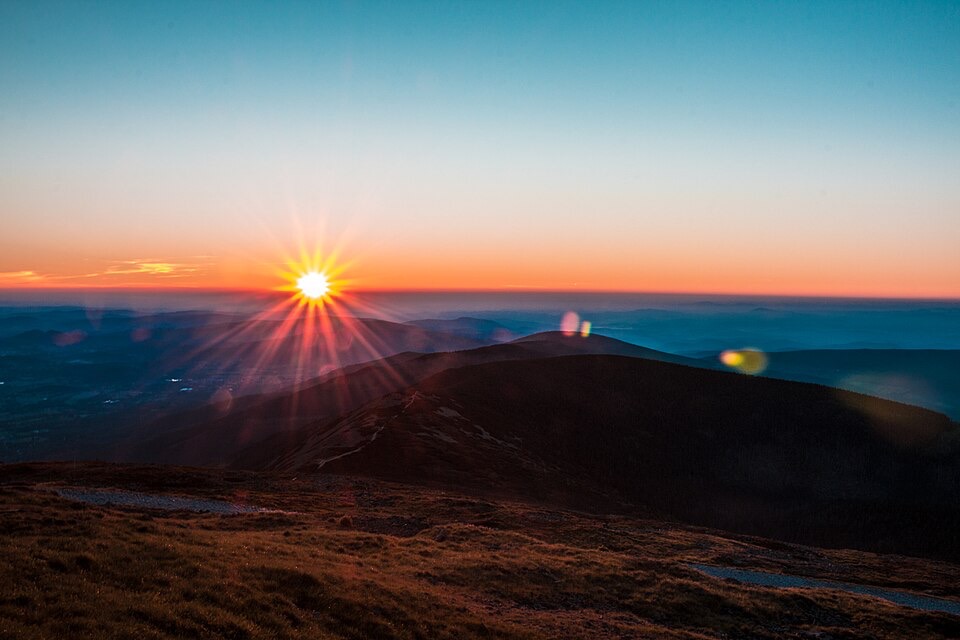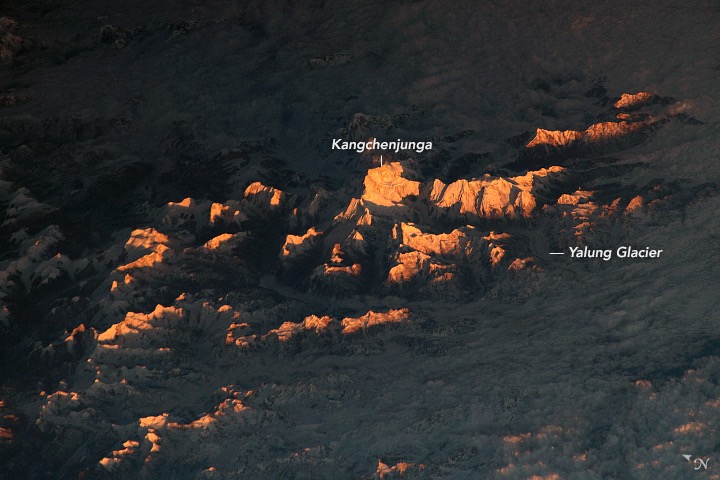
Timelines 10
Man and his Senses 10
Man and his Inventions 10
Geography 10
Fauna 10
Timelines 10
Man and his Senses 10
Man and his Inventions 10
Geography 10
Fauna 10

Mountains are never just rock and snow. They are symbols, storytellers, and offer challenges that define cultures and test human spirit. In both the Czech Republic and India, mountains carry deep cultural and geographical importance. Czechia’s highest peak, Sněžka, may rise only to 1,603 meters, yet it holds centuries of heritage. In contrast, India’s Kangchenjunga and the mighty Himalayas soar to breathtaking altitudes, deeply tied to myth and spirituality. Placing them side by side highlights their differences in scale, but also the shared reverence that people feel for mountains as both natural wonders and cultural anchors.
The Czech Giant: Sněžka
At 1,603 meters (5,259 feet), Sněžka is the tallest mountain in the Czech Republic. It is part of the Krkonoše range, also known as the Giant Mountains, which stretch along the Czech–Polish border. Its name, first recorded in the 16th century, evolved from “Sněžná” meaning “snowy,” to today’s “Sněžka,” or “snow-capped.” Despite its modest height compared to the world’s great peaks, it has long been a defining landmark and a beloved destination.
Climbing Sněžka is an essential Czech experience. Every year, thousands of visitors make their way up its slopes, whether on foot or by cable car from Pec pod Sněžkou. Trails like those through the Obří důl valley take hikers past wildflower meadows, glacial landscapes, and fast-flowing streams. For others, the cable car offers a gentler but equally scenic ascent.
The summit itself is more than a panoramic viewpoint. It is symbolic as a crossroad of culture, science, and spirituality. The 20th-century weather station there continues to track weather conditions, while the Chapel of St. Lawrence, built in the 17th century on the Polish side, adds a spiritual touch. Together, they show how nature, faith, and science coexist at this mountain’s crown.
Sněžka and its surroundings also carry a sense of mystery. Tales of hidden treasures—such as reports of gold found in the region—add interest to its slopes. Even a mountain of modest size can hold secrets that capture the imagination.
Mountains in Czech Culture
For Czechs, Sněžka is not just a geographic high point—it is a cultural one too. It features in the folklore of Krakonoš, the giant who protects the Krkonoše Mountains. This legendary figure reflects how people have long viewed mountains as both protective and unpredictable.
Today, traditions such as family hikes, festivals, and mountaineering clubs keep Sněžka alive in the national memory. Tourism here is less about extreme adventure and more about inclusivity. Trails that link Czechia with Poland symbolize open borders and cultural connection, while making the mountain accessible to all ages and abilities.
India’s Colossal Peaks: Kangchenjunga and Beyond
If Sněžka is a national symbol, Kangchenjunga is a towering giant. At 8,586 meters, it is the world’s third-highest mountain, standing tall in the eastern Himalayas along the Sikkim–Nepal border. Beyond its scale, it is revered as a sacred mountain by local Lepcha and Bhutia communities, who believe it to be the dwelling place of gods. Out of respect, early mountaineers vowed never to step on its actual summit, stopping just short of the peak.
This attitude reflects India’s larger relationship with mountains. The Himalayas, stretching more than 2,400 kilometers across the north, are woven into both geography and mythology. They are the source of sacred rivers like the Ganga and Yamuna. In Hindu traditions, the Himalayas are seen as Himavat, father of the goddess Parvati, and the eternal home of Lord Shiva. Every valley, river, and glacier carries stories of divine presence, making these peaks both natural and spiritual landmarks.
Mythology, Devotion, and Mystery in the Himalayas
Like the Czech legends of Krakonoš, India’s mountains are rich with myth. Stories tell of sages meditating in caves, gods roaming snowy passes, and demons defeated in icy valleys. Pilgrimages such as the Char Dham Yatra—to Kedarnath, Badrinath, Yamunotri, and Gangotri—draw millions of devotees each year, combining trekking with spiritual devotion.
The Himalayas also hold their share of mysteries. Myths of hidden realms like Shambhala, tales of treasures buried in glaciers, and accounts of strange sightings remind us that mountains often blur the line between science and legend. Just as Sněžka’s rumoured gold excites curiosity, so do the Himalayas with their stories of the unknown.
Trekking and Tourism: Two Worlds Compared
Tourism in the mountains of Czechia and India shows both similarities and contrasts. Sněžka attracts families, hikers, and casual visitors, while India’s Himalayan ranges attract trekkers and pilgrims seeking both physical challenge and spiritual meaning.
In India, treks like Goecha La near Kangchenjunga, Roopkund in Uttarakhand, or Stok Kangri in Ladakh test climbers. These journeys often demand weeks of preparation and adjusting to high altitude. Sněžka, by contrast, can be reached in just a few hours from the plains, offering accessibility that defines the Czech hiking culture.
Yet both share a common thread: they bring people closer to nature and strengthen a tradition of walking the mountains together.
Shared Universal Themes
Despite the stark difference in scale, both Sněžka and the Himalayas express universal truths about mountains. They regulate climate, shape ecosystems, and inspire awe. They also live in stories and faith: Czech myths of Krakonoš parallel India’s tales of Himavat and Shiva.
Both landscapes carry hints of hidden mysteries, whether the fabled gold beneath Czech slopes or legends buried in Himalayan snow. Tourism, too, takes different forms but serves the same purpose—connecting people with nature and with themselves. A Czech hiker gazing from Sněžka feels the same sense of wonder as an Indian trekker in the shadow of Kangchenjunga. Mountains remind us that human connection to peaks transcends geography.
Sources
https://tinyurl.com/2y294ysj
https://tinyurl.com/2j2y4h3v
https://tinyurl.com/bdfzdbzm
https://tinyurl.com/4zbwdmdk
https://tinyurl.com/nh2te55r
https://tinyurl.com/59tdswvd
https://tinyurl.com/4jduc425
https://tinyurl.com/9rzfds9t
https://tinyurl.com/2sskb28z